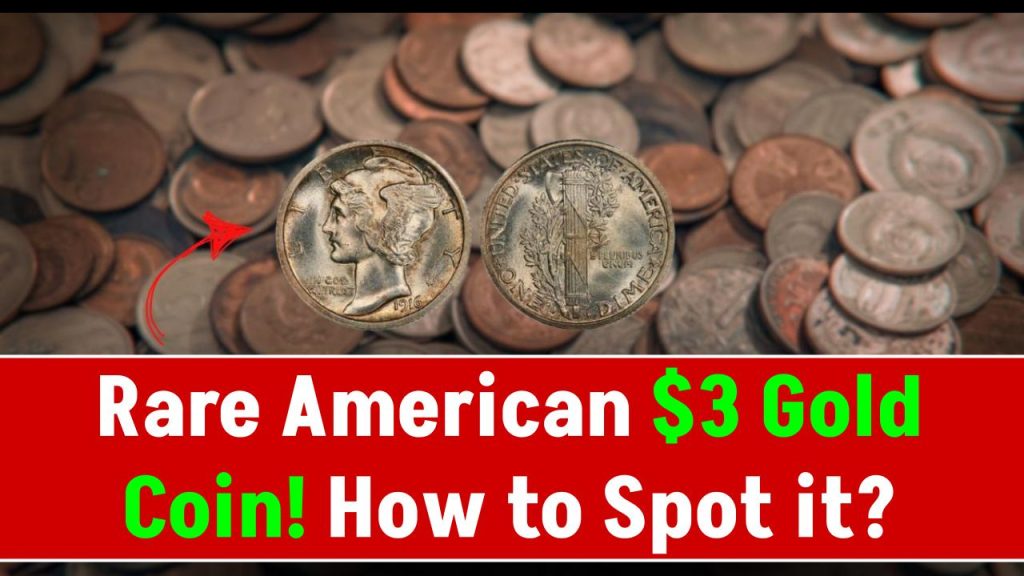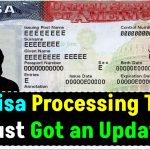
The American $3 gold coin, minted from 1854 to 1889, is one of the most intriguing pieces in U.S. numismatic history. Designed by James B. Longacre, this unique coin stands out due to its unusual denomination and limited mintage. But among all $3 gold coins, the 1870-S $3 gold piece is the rarest, with only one confirmed specimen known to exist. This makes it one of the most valuable coins in the world, with an estimated worth exceeding $1 million.
If you’re a coin collector or treasure hunter, learning how to spot rare $3 gold coins can be a game-changer. This guide will walk you through the history, identification features, and valuable tips on authenticating these rare pieces.
Rare American $3 Gold Coin
| Feature | Details |
|---|---|
| Coin Name | American $3 Gold Coin |
| Minting Years | 1854 – 1889 |
| Designer | James B. Longacre |
| Most Valuable Coin | 1870-S $3 Gold Coin |
| Estimated Value | Over $1 million |
| Known Specimens | Only 1 confirmed |
| Notable Mint Marks | “S” (San Francisco), “D” (Dahlonega), “C” (Charlotte) |
| Authentication | PCGS, NGC Certification |
| Recent Sale | 1855-S Proof $3 coin sold for $2.1 million (Source) |
The American $3 gold coin is a fascinating relic of U.S. history. While most are valuable, the 1870-S $3 gold coin is one of the rarest and most valuable coins in the world, potentially worth over $1 million. Whether you’re a seasoned collector or just starting, knowing how to identify, authenticate, and value these coins can make a significant difference.
If you think you have a rare $3 gold coin, consider getting it professionally authenticated—you might be holding a small fortune in your hands!
Also Check: National Maritime College of Ireland Fully Funded Cullen PhD Scholarship: Check Application Process!
Rare American $3 Gold Coin: A Brief History of the $3 Gold Coin
The $3 gold coin was introduced in 1854 and was primarily intended for purchasing sheets of 100 postage stamps, which were priced at 3 cents each. However, the coin never gained widespread use, leading to low mintage numbers and making surviving pieces highly valuable.
By 1889, the U.S. Mint discontinued the denomination altogether, leaving behind a legacy of rare and collectible pieces.
What Makes the 1870-S So Rare American $3 Gold Coin?
The 1870-S $3 gold coin is one of the most elusive and mysterious coins in American history. Here’s what sets it apart:
- Only One Confirmed Specimen: Unlike other coins, only one verified example of the 1870-S $3 gold coin has ever been discovered.
- Secretive Minting: Official records suggest no $3 gold coins were minted in San Francisco in 1870, yet one exists.
- Unique Characteristics: The mint mark “S” is located below the wreath on the reverse, and the known specimen has “893” scratched above the wreath tips at 12:00 on the reverse side.
If you ever come across an 1870-S $3 gold coin, it could be worth over $1 million—making it a dream find for collectors.
Also Check: Shocking Truth About Your Tax Refund—Are You Wasting It on Debt?
Other Rare and Valuable Rare American $3 Gold Coin
While the 1870-S is the rarest, several other $3 gold coins hold significant value. Here are some notable examples:
1855-S Proof $3 Gold Coin
- Minted in: San Francisco
- Mintage: Very limited (only a few proofs known)
- Last Auction Price: $2.1 million
- Distinguishing Feature: The proof mirror-like surface and clear “S” mint mark.
1875 $3 Gold Coin
- Minted in: Philadelphia
- Mintage: Approximately 20 pieces, all in proof format.
- Current Estimated Value: Over $400,000+
- Distinguishing Feature: Only 2-3 dozen are known to exist today.
1885 $3 Gold Coin
- Minted in: Philadelphia
- Mintage: Only 801 coins
- Estimated Value: $200,000+
- Distinguishing Feature: One of the last low-mintage $3 gold coins.
How to Spot a Rare American $3 Gold Coin
If you suspect you’ve found a rare $3 gold coin, use these identification steps:
Check the Mint Mark
- Located below the wreath on the reverse side.
- Rare mint marks include:
- S (San Francisco)
- D (Dahlonega)
- C (Charlotte)
Look for the Date
- Coins from 1870 (S-mint), 1855 (S-proof), and 1875 are some of the rarest.
Examine the Condition
- Coins in uncirculated or proof condition fetch the highest prices.
- Look for sharp details, minimal wear, and strong luster.
Authenticate the Coin
- Use a magnet – real gold coins are not magnetic.
- Weigh the coin – a genuine $3 gold coin weighs 5.02 grams.
- Get professional grading from PCGS or NGC.
Also Check: 3 Little-Known Factors That Could Shrink Your Social Security Check!
Rare American $3 Gold Coin: Avoiding Counterfeit Coins
Due to their value, counterfeit $3 gold coins exist. Here’s how to avoid scams:
- Buy from Reputable Dealers – Purchase from authorized numismatic dealers or auction houses.
- Check Certification – Ensure coins are graded by PCGS or NGC.
- Inspect Details Carefully – Counterfeits often have incorrect fonts or design flaws.
Tip: If the deal seems too good to be true, it probably is!
Rare American $3 Gold Coin (FAQs)
Why was the $3 gold coin discontinued?
The $3 gold coin was not widely used by the public, leading to its discontinuation in 1889.
What is the rarest $3 gold coin?
The 1870-S $3 gold coin is the rarest, with only one confirmed specimen.
Where can I sell a rare $3 gold coin?
You can sell rare coins through auction houses, numismatic dealers, or grading companies like PCGS and NGC.
How do I know if my $3 gold coin is real?
Check the mint mark, weight, and details, and have it authenticated by professionals.
What is the most expensive $3 gold coin ever sold?
An 1855-S Proof $3 gold coin sold for $2.1 million.









